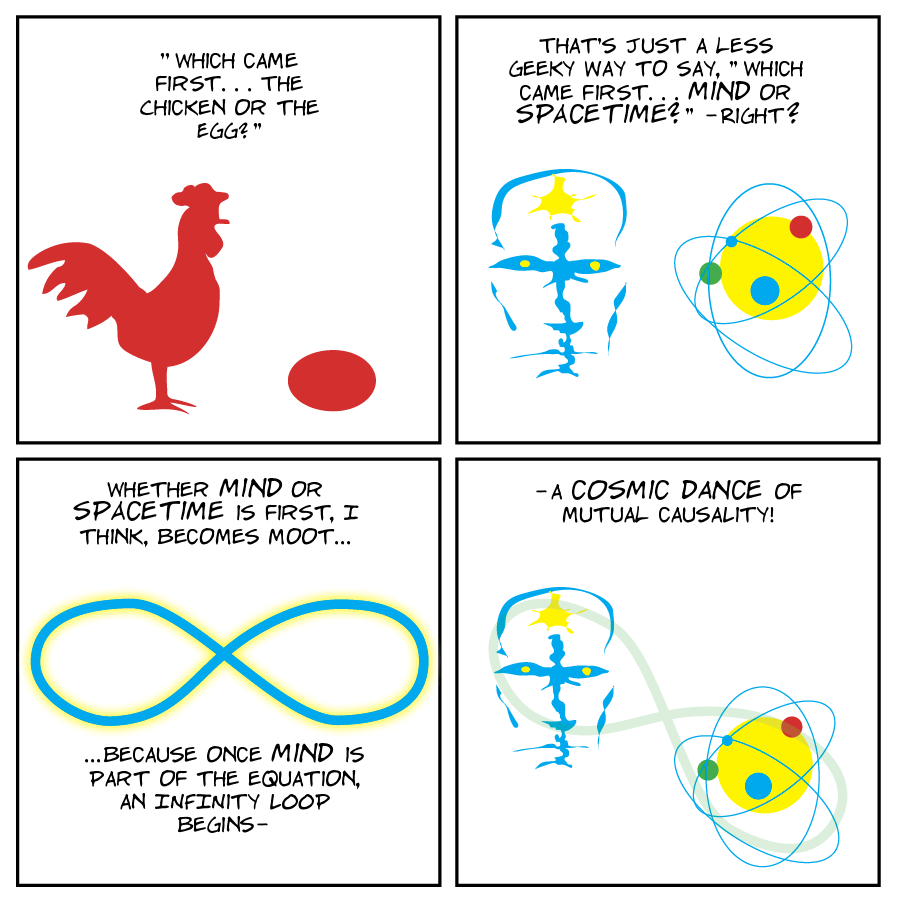

Causality and conditionality are semantically related. Conditionality noun The state of being conditional. Conditionality and Causality Related words.

If you plot car sales and advertising budget for a large set of car dealers, you will likely nd a strong correlation. Apparently this book doesn't usually make the "favorite Joanna Macy book" list often. Conditionality and Causality are synonymous, and they have mutual synonyms. Mutual Causality x y We say that variables x and y are related by mutual causality if changes in x produce changes in y and vice versa. When I told her I loved this book four or five years ago, she started laughing and laughing.

Since I am none of the above, I am terribly grateful to Joanna for her massive effort and clear writing. Familiar to those who ken quantum science and ken Buddhism. Yet it will be familiar to those who follow Martin Buber and the 14th Century Rabbis. Joanna reframes causality in a way that is so very different than linearity or traditional science. Which may be a reason for you to read Joanna's words themselves. When I told her I loved this book four or five years a This is very hard to describe. MUTUAL CAUSATION, SIMULTANEITY AND EVENT DESCRIPTION (Received 10 September, 1985) Some philosophers believe that a theory of causation ought to allow for instances of mutual causation - cases where two or more events are each a cause of the other(s). Peter Senge of MIT explains that “many systems tend to be inherently unstable because of delayed feedback and response between elements.” A solution to help return to a more stable state is to have the ability to reframe system dynamics so that short term individual interests and long term sustainability become more balanced and integrated.This is very hard to describe. By understanding this system of loops, we can identify key connections and the configuration of the positive and feedback loops. However, there are profit driven companies that disregard global warming and create nuclear plants that lead to a rise in greenhouse gases, hence the continuation of the loops.Īs seen in this diagram, the state of equilibrium is difficult to achieve because of the lack of negative feedback loops. With the rise in fear, a negative feedback is require, namely that public action is required to reduce global warming causes, which leads us to the Kyoto Protocol. The result of the media reports is increase in public fear and hysteria. This rise in temperature leads to fresh water evaporation as well as media reports on global warming. These constant positive feedback loops, the idea that more leads to more, escalates and drives the system into a destructive state.įor example, a rise in greenhouse gases leads a rise in the Earths temperature.

The diagram depicts the image of exponential change that cannot be sustained in the long run. As the diagram shows, a network of positive, and one negative, feedback loop links the many seemingly discrete elements regarding global warming. There are several factors which have led to the cause of global warming, thus, why it important to understand the system as loops rather than lines. Global warming has become a significant concern to individuals all over the globe. Please note that, the red arrow signifies negative feedback, and the blue arrows signify positive feedback. The example I used in my diagram was global warming. Please find below, a diagram that I have constructed to further explain mutual causality.


 0 kommentar(er)
0 kommentar(er)
